Introduction
Welcome, geology adventurer! Have you ever looked at a majestic mountain valley or a string of beautiful lakes and wondered, “How did this get here?” The answer, surprisingly often, is ice. Not just any ice, but colossal, slow-moving rivers of ice called glaciers. These frozen giants are some of the most powerful sculptors on our planet, and their handiwork is visible all around us, from the jagged peaks of the Alps to the rolling hills of the Midwest.
This quiz is your personal tour guide to the Ice Ages. It’s not about getting a perfect score, but about discovery. Each question is a stepping stone to understanding the immense power of glaciers. Through the choices and feedback, you’ll learn how they carve, carry, and create the landscapes we see today. You’ll uncover the secrets of U-shaped valleys, mysterious boulders left in the middle of fields, and the birth of spectacular fjords. So, get ready to explore the awesome force of nature’s icy bulldozers!
Learning Quiz
This is a learning quiz from English Plus Podcast, in which, you will be able to learn from your mistakes as much as you will learn from the answers you get right because we have added feedback for every single option in the quiz, and to help you choose the right answer if you’re not sure, there are also hints for every single option for every question. So, there’s learning all around this quiz, you can hardly call it quiz anymore! It’s a learning quiz from English Plus Podcast.
Quiz Takeaways: Earth’s Icy Sculptors
Hello and welcome. I want you to close your eyes for a moment and picture our planet. Today, we see vast green forests, sprawling deserts, and blue oceans. But not so long ago, geologically speaking, much of it was buried under ice. This was the Pleistocene epoch, the great Ice Age. And during this time, nature’s most powerful sculptors were at work. They weren’t wind or water, but colossal, slow-moving rivers of ice: glaciers. Today, we’re going on a journey to see how these icy behemoths carved, shaped, and created the world we know.
So, what is a glacier? It starts simply, with snow. In places where more snow falls in winter than melts away in summer, it begins to pile up, year after year. As the layers deepen, the immense weight from above presses down, squeezing the air out of the snow below, compacting it into a dense, crystalline form called glacial ice. When this mass of ice becomes heavy enough, it begins to move under its own weight, and a glacier is born. Think of it less as a static block of ice and more as an incredibly viscous, slow-moving fluid.
And as it moves, it sculpts. Glaciers are the ultimate earth-movers, employing a two-part strategy of erosion. The first is abrasion. As the glacier scrapes across the land, the thousands of tons of rock and sediment embedded in its base act like giant sandpaper, grinding, scratching, and polishing the bedrock below. This process leaves behind tell-tale signs: long, parallel grooves called glacial striations, which act like claw marks, showing us the exact direction the ice was moving thousands of years ago. The second method is plucking. Here, meltwater seeps into cracks in the bedrock and re-freezes. As the glacier moves forward, it literally “plucks” huge chunks of rock from the ground, carrying them away.
This combination of abrasion and plucking creates some of the most dramatic landscapes on Earth. In the mountains, they are born in high, armchair-shaped bowls called cirques. When two of these glaciers grind away at the ridge between them, they form a razor-sharp edge called an arête. And when three or more cirques erode a single mountain from all sides, they leave behind a spectacular, pyramid-shaped peak called a horn, like the iconic Matterhorn.
As these alpine glaciers flow downwards, they follow the path of pre-existing river valleys. But where a river carves a nimble, V-shape, a glacier is a lumbering, powerful force that scours the entire valley from side to side. It transforms the V into a massive, broad-bottomed U-shaped valley, a hallmark of any glaciated mountain range. Sometimes, the main glacier is so powerful it carves its valley much deeper than the smaller, tributary glaciers feeding into it. When the ice all melts away, these smaller valleys are left perched high on the main valley wall, creating what we call a hanging valley, often adorned with a breathtaking waterfall. And if a glacier’s U-shaped valley is carved so deep that it reaches the coast and is flooded by the sea, it creates a fjord—a deep, dramatic inlet that is one of nature’s most stunning creations.
But the work of glaciers isn’t just about what they take away; it’s also about what they leave behind. A glacier is like a giant conveyor belt. All the rock, sand, and clay it scrapes up—a jumbled, unsorted mess called till—is carried along for the ride. When the climate warms and the glacier begins to melt and retreat, it drops its load. The ridge of till dumped at the glacier’s farthest point is called a terminal moraine, a monument to its maximum reach. The ridges along its sides are lateral moraines. And sometimes, it drops truly enormous rocks, carrying them for hundreds of miles before abandoning them in the middle of a field. These lonely, out-of-place rocks are called glacial erratics, and they are like a glacier’s calling card.
The melting ice also creates a whole suite of other features. As the ice sheet retreats, huge chunks of ice can break off and become buried in the sediment. When these ice blocks finally melt, the ground collapses, leaving a depression that often fills with water to become a kettle lake. The rivers that once flowed in tunnels under the immense pressure of the ice leave their own mark. When the ice melts, the sand and gravel that filled these subglacial riverbeds are left behind as long, winding ridges called eskers, snaking across the landscape.
And we can’t forget the biggest players of all: the continental ice sheets. These are the continent-sized glaciers, like those still covering Greenland and Antarctica today. During the Ice Age, the Laurentide Ice Sheet covered most of Canada and the northern United States. It didn’t just carve valleys; it reshaped the continent. Its immense weight depressed the Earth’s crust, and its erosive power gouged out vast basins that, when the ice melted, filled to become our Great Lakes. It also created entire fields of teardrop-shaped hills called drumlins, sculpting the land as it flowed.
The legacy of glaciers is more than just scenic beauty. The rock flour they created by grinding stones to dust has developed into some of the most agriculturally fertile soil on Earth, feeding millions. The sand and gravel they left behind are crucial resources for construction. Our relationship with glaciers is deep and foundational.
Today, however, that relationship is changing. We are watching glaciers all over the world shrink at an alarming rate. This isn’t a slow, natural cycle; it’s a rapid retreat driven by a warming climate. This is more than just losing beautiful natural features. The meltwater from glaciers is a primary driver of sea-level rise and a critical source of fresh water for vast populations. The story of glaciers is the story of our planet’s past, but understanding them—and protecting them—is a critical part of ensuring our planet’s future. They are a powerful reminder that the face of our world is not static, but is constantly being shaped by forces, both icy and human, that are grand in scale.
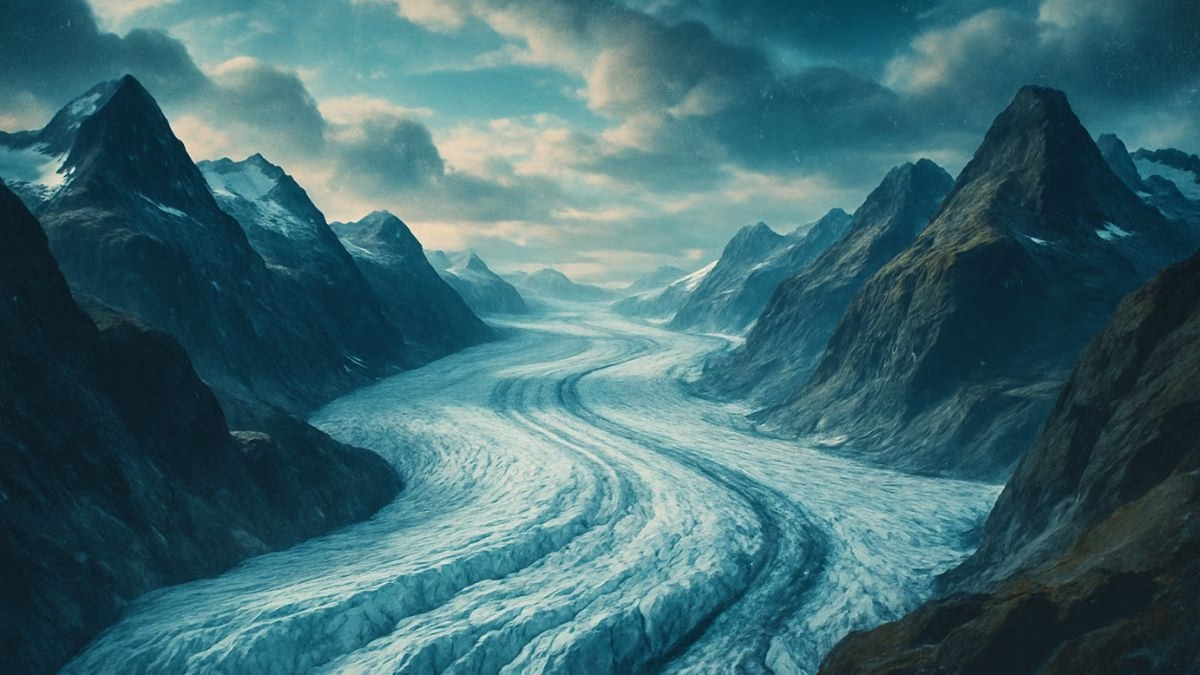

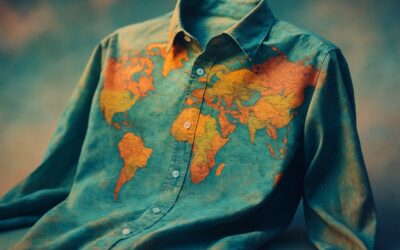
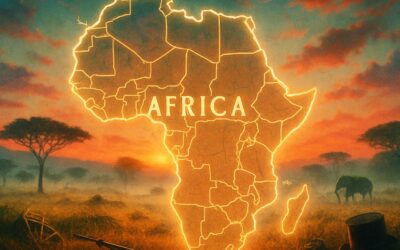

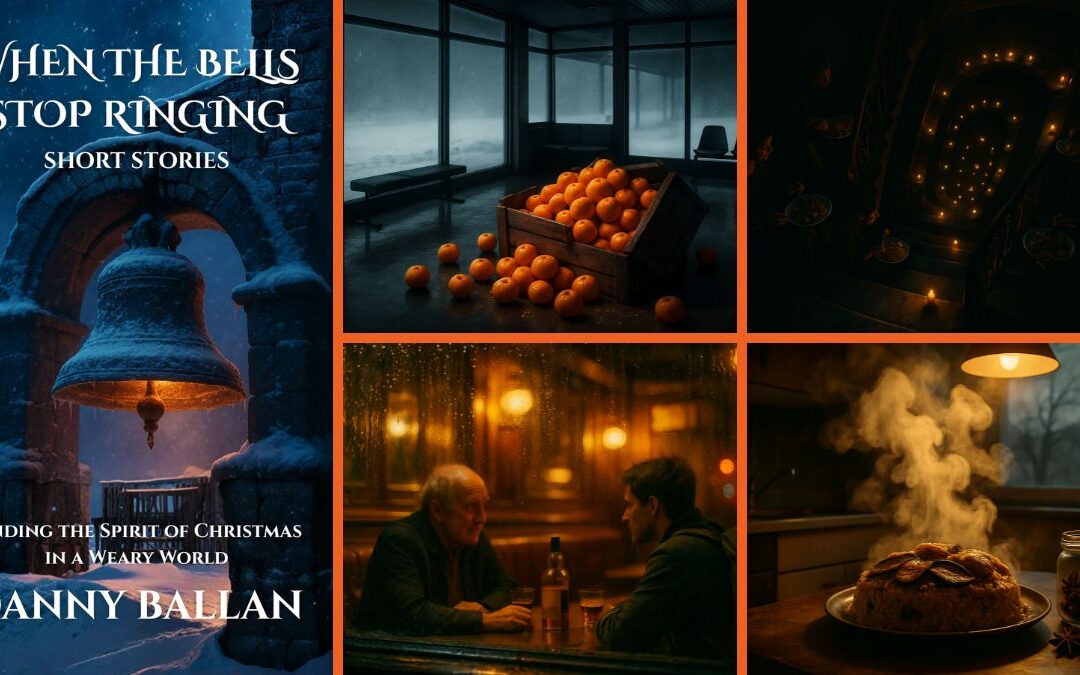
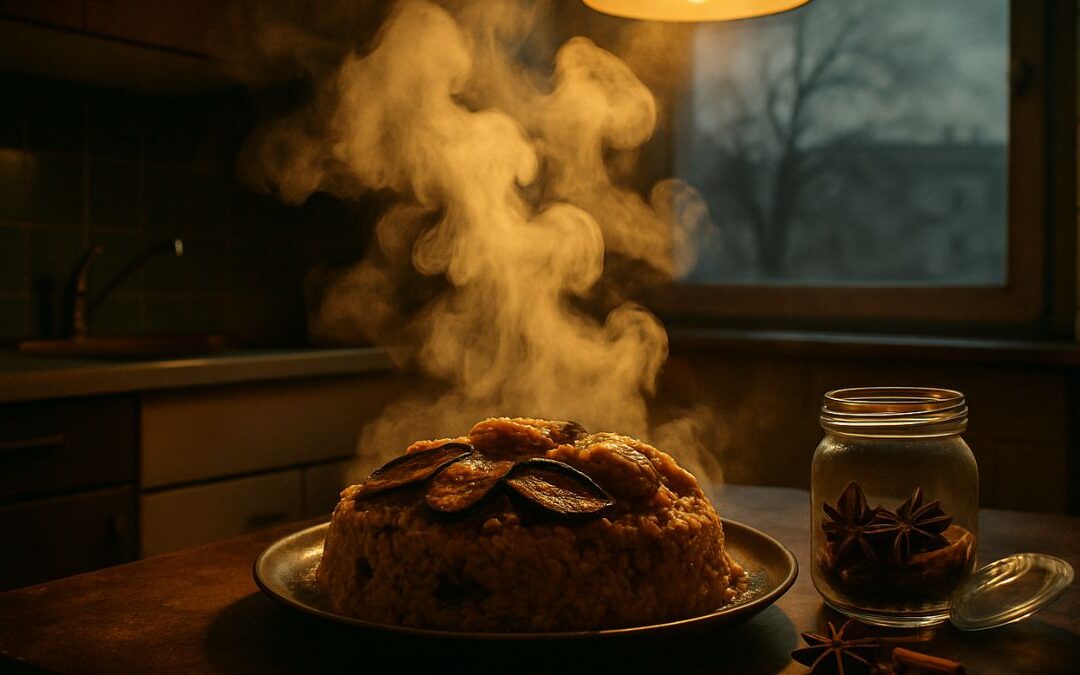

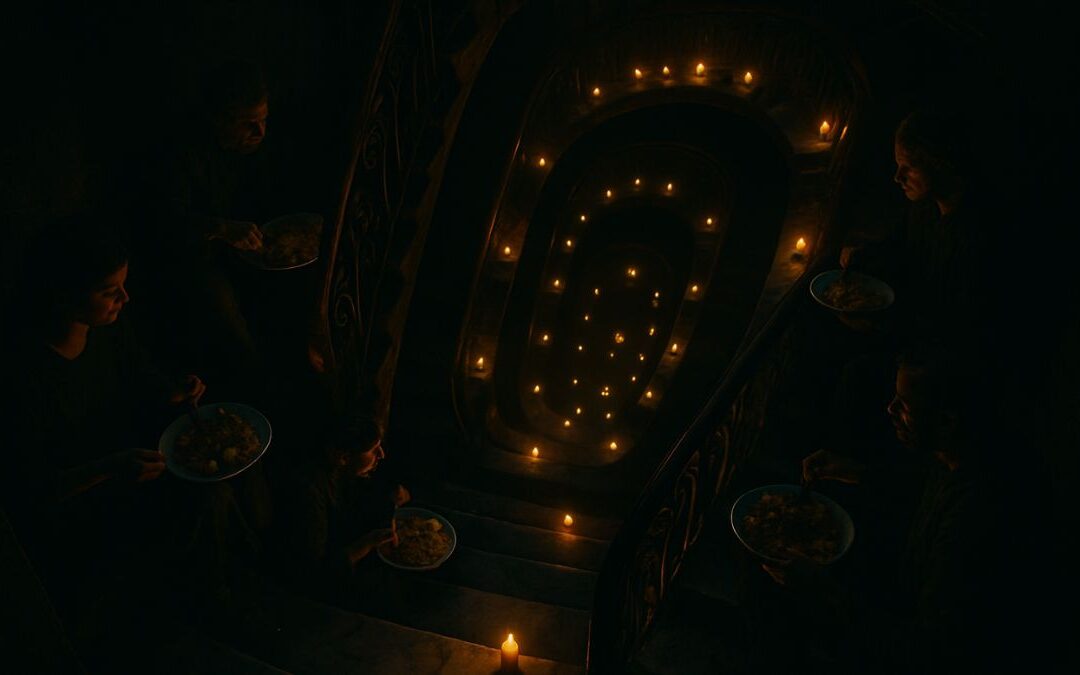

0 Comments